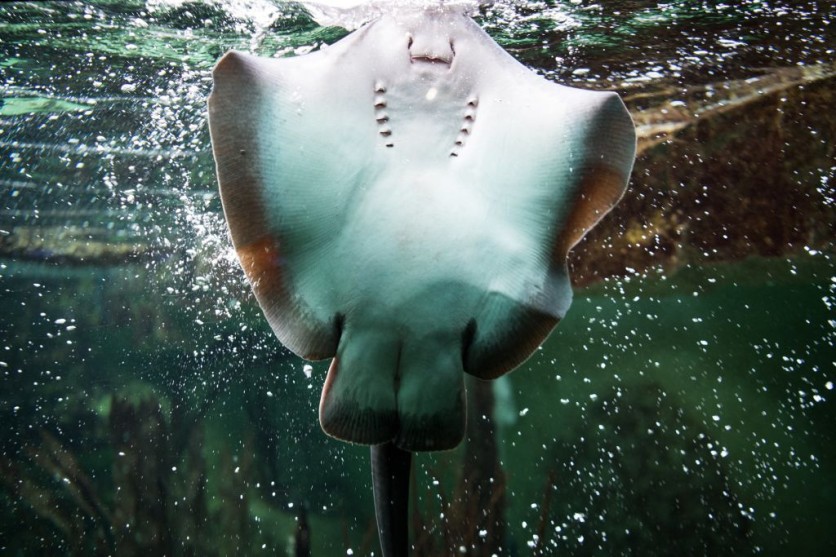A team of researchers from North Carolina State University created a robot inspired by the manta ray, as reported by TechCrunch.

Why the Manta Ray?
The manta ray can fly through the water thanks to its wing-like fins. However, the researchers' version named their creation the butterfly bot due to the resemblance to the arms of humans performing the butterfly stroke.
The researchers built two versions of the robots. The first was designed to be fast as it can move 3.74 body lengths per second. On the other hand, the second was designed for control as it can move around 1.7 body lengths a second.
Currently, soft swimming robots cannot swim faster than one body length per second. However, manta rays can swim much faster and more efficiently. The researchers wanted to work on the biomechanics of the manta ray to see if they could develop something faster and more energy-efficient soft robots. So far, the prototypes that they have created work well.
Also read : Innovative Robotics Firm KEYi Technology Introduces Loona to its Family of Consumer Robots
The Manta Ray Bot
The bot has a body bent up and down via a pneumatic air tube system. It also allows it to turn its wings and propel it forward. They used bistable wings driven by moving the central body, which makes the design simple; at the same time, it lowers the bot's weight.
Now, the team is working on an autonomous version of the butterfly robot inspired by the manta ray.
The Use of Soft Robots
Soft robots are widely used for many applications, such as environmental cleanups, medicine, and more. These robots are considered safer and more efficient as they do not have the risk of breaking. However, designing these robots is challenging as they need to have a functional and as good-looking design as possible.
Soft robotics refers to complex robotics made from flexible materials, such as rubber. They are used to mimic the characteristics and motions of animals and humans. Since soft robots are made from flexible materials, so they can be used in scenarios challenging for traditional hard robots. This is because soft robots can fit in places that would be difficult for traditional robots.
On top of that, they are designed with the ability to sense their environments. This makes it easier to move around and avoid obstacles. They also tend to be lightweight, making them easier to carry around.
It will be interesting to see what the future holds for the manta ray robot, as it may open up different possibilities for soft robots.
Related article : This Autonomous Multi-Use Robotic Vehicle Could Revolutionize the Agriculture Industry
Written by April Fowell
This article is owned by TechTimes
ⓒ 2025 TECHTIMES.com All rights reserved. Do not reproduce without permission.




